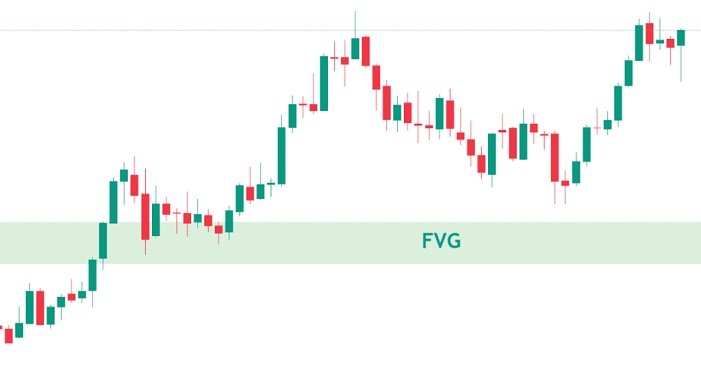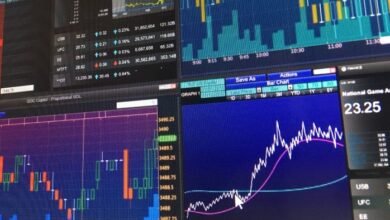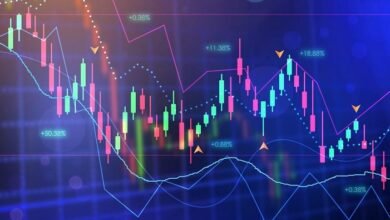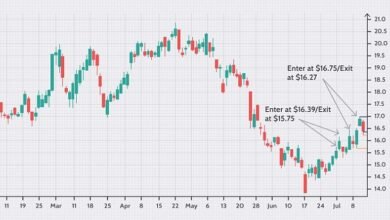
When it comes to trading and investing, understanding key concepts can be the difference between making a profit or suffering a loss. One such concept that often goes unnoticed but holds significant importance is the “Fair Value Gap.” As someone who has spent time navigating the financial markets, I’ve found that grasping this concept can provide a distinct edge in trading. Let’s dive into what the fair value gap is and why it should matter to you.
What is the Fair Value Gap?
The fair value gap refers to the difference between the current market price of an asset and its perceived “fair value.” The fair value is essentially what the asset is believed to be worth, based on various factors like earnings, growth potential, and overall market conditions.
In simpler terms, think of it as the difference between what something is currently selling for and what it should be selling for, according to the underlying data.
How Does the Fair Value Gap Occur?
A fair value gap can occur for several reasons:
- Market Sentiment: If the market is overly optimistic or pessimistic, the price of an asset can move away from its fair value. For example, during a market bubble, prices may surge well above the fair value, creating a gap.
- News and Events: Major news, whether positive or negative, can cause sudden price movements that lead to a gap between the market price and the fair value.
- Inefficiencies: Markets are not always perfectly efficient, and there can be delays in price adjustments. This lag can create a temporary gap.
Why Should You Care About the Fair Value Gap?
Understanding and identifying fair value gaps can offer several benefits:
- Investment Opportunities: A gap can signal a potential buying or selling opportunity. If an asset is trading below its fair value, it might be undervalued and a good buy. Conversely, if it’s trading above fair value, it might be time to sell.
- Risk Management: Knowing the fair value helps in setting more accurate stop-loss orders and can help in avoiding overpaying for an asset.
- Market Insights: The fair value gap can provide insights into broader market trends. For example, a consistent gap across multiple assets might indicate a market-wide issue, such as a bubble.
How to Spot a Fair Value Gap
Spotting a fair value gap involves a bit of analysis:
- Fundamental Analysis: Look at the asset’s financial statements, growth prospects, and industry conditions. Compare these with the current market price.
- Technical Analysis: Use charts and indicators to identify when the market price has moved significantly from its historical norms or fair value estimates.
- Use Fair Value Models: Some traders use models like the Dividend Discount Model (DDM) or the Price-to-Earnings (P/E) ratio to estimate an asset’s fair value.
Final Thoughts
The fair value gap is a concept that every trader and investor should be aware of. By understanding the gap between market price and fair value, you can make more informed decisions, whether you’re looking to buy, sell, or simply hold an asset. In a world where markets are often driven by emotion and speculation, having a solid grasp of fair value can provide you with a valuable anchor, helping you to navigate the often turbulent waters of investing.





